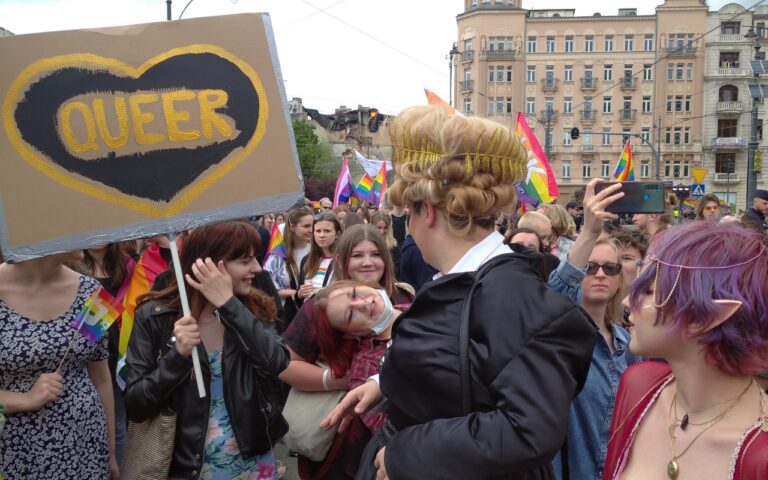Whether to accept, deny, use or not to incorporate inclusive language in writing or speech corresponds to a political position rather than to a profound knowledge about the grammar of the Spanish language.
The use of language is political
One of the first episodes in the history of pointing out the inequalities hidden behind the alleged inclusiveness and universality of language was made by the first Feminists after the French Revolution. The declaration of liberty, equality and fraternity for all men that they were able to conquer against aristocratic privileges was only for men. It would take many years for women to be considered citizens with the same rights as men.
In fact, the criticism of the masculine trademarks in the language and the acceptance of the man as the archetype of the citizen was intensified in the 1970's. Although the language presented itself as neutral, it hid oppressions and privileges in its formulations. In this supposed neutrality, in practice there was in fact a privileged subject that defined who was to be the recipient of a profession, a job, a right, etc. It was at this point that the need to include the female gender or its representation in the formulations started to be questioned. For example, the need for the representation of women in descriptions of professions or the naming of both genders (from a binary conception).
Thus, the struggle for gender equality was also fought at the level of language; achieving equality also meant achieving representation in a fundamental area of human relations, which is language.
Inclusive language, the language of diversity
Mauro Cabral wrote in one of his columns:
“Arrobas, equis, asterisks. The writing of diversity -and, even more, of sexual dissidence- has today a diverse and dissident repertoire of ruptures with the binary in language. Language, as is well known, makes real what it names, and grants a spectral reality to those who, because they are impossible, it keeps silent. Truly impossible”.
Just as at the start we tried to make visible how language hid the supremacy of the cis-male, with the radical change that brought about the transformation of what we understood by gender, we aimed further to overthrow the gender binary in the Spanish language. Thus, in recent years, the use of e or x has expanded more and more, especially in sectors such as youth.
Although within the academy and among professionals there are several discussions about whether a change in grammar can be imposed when it responds to the uses and a logic that structures its production, the reality is that the more the social reality is transformed and spaces become more inclusive and diverse, the use of inclusive language becomes a necessity.






